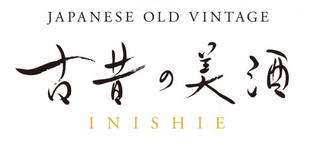What is aged sake?

What is aged sake?
Japan has a food culture of aging alcoholic beverages to enjoy the rich aroma and deep flavor that develop over time.
Here we will explain the aging of sake.
① History of aged sake

The oldest document that mentions aged sake (hereinafter referred to as old sake) is said to be a letter written by Nichiren Shonin during the Kamakura period. The content was praising the taste of the believers who sent old sake.
After that, old sake appeared in various documents from the Edo period, indicating that it was prized as a ``special sake.''
However, it entered the Meiji era.
In 1878, the government adopted a ``stone tax'' on sake breweries to stabilize finances.
This imposed a high tax on the "production volume" of alcohol rather than the "sales volume."
For this reason, rather than aging sake for several years, sake breweries began to switch to a system in which they sold out all the sake they had produced that year.
In 1944, the stone tax was abolished.
From the late Showa era to the Heisei era, sake breweries that produce high-quality aged sake finally began to appear.
Nowadays, the market for aged sake is extremely small compared to new sake, but some sake breweries and organizations are starting to put efforts into popularizing it.
②About aged sake

When sake is aged, it develops a caramel-like sweetness and aroma. At first, the new sake is almost colorless and transparent, but as the amino acids and sugar undergo a Maillard reaction, the color changes to golden or amber, and the aroma takes on a mature aroma.
Shochu and awamori are distilled spirits with a high alcohol content, but when aged, they become mellow and sweet. However, the direction in which the flavor changes varies depending on the storage temperature, seasonal changes, storage containers, and the original quality of the sake.
FAQ
Q1: I heard that sake turns into vinegar when it gets old.
Aged sake contains many sugars and acids, including amino acids.
Q2, How should I store old Japanese sake after opening it? Also, within how many days should I finish drinking it?
The impression you get may be different from when you first open the bottle , so that's part of the fun.
Q3, I would like to make my own aged sake. What should you be careful about...?
Anyone can make it as long as you avoid direct sunlight.
It is a good idea to store the bottle upright so that the sake does not touch the cap.




